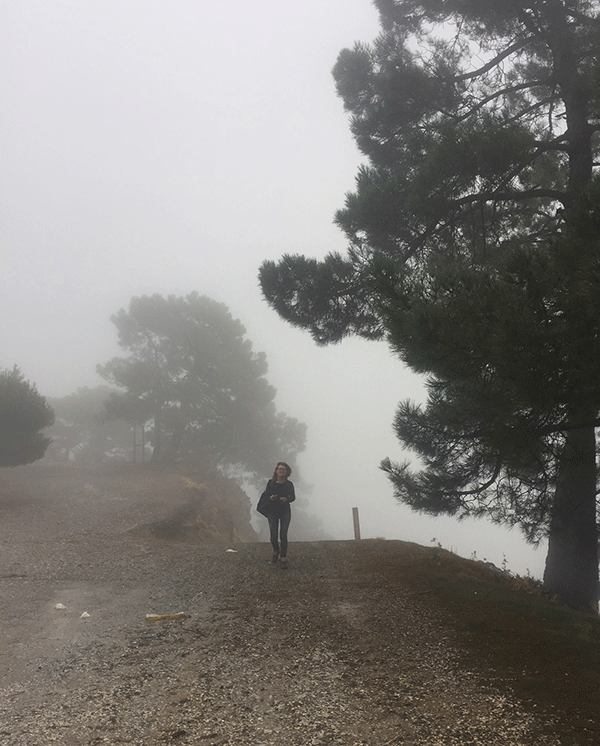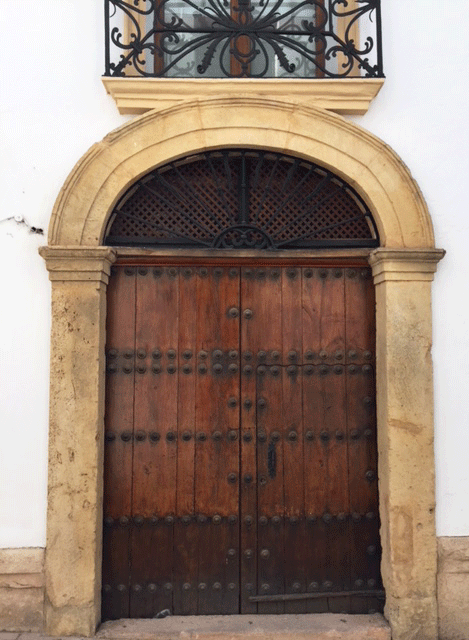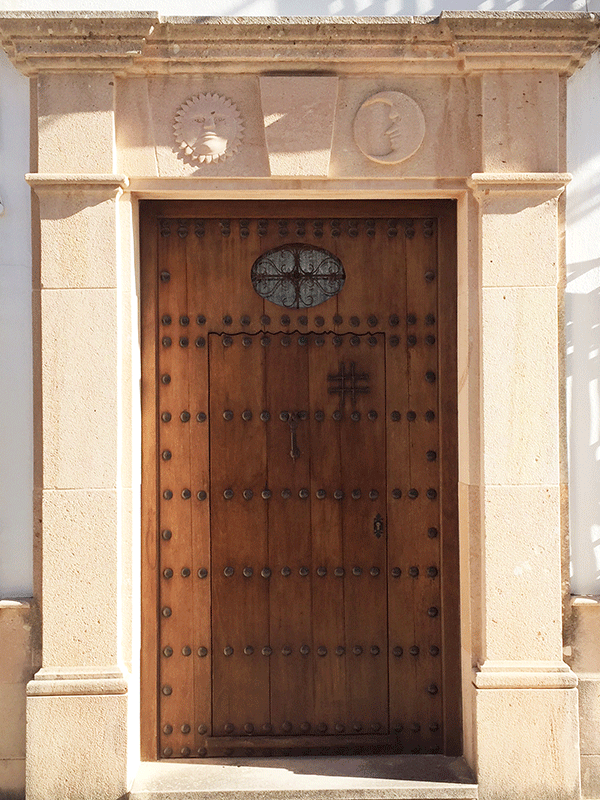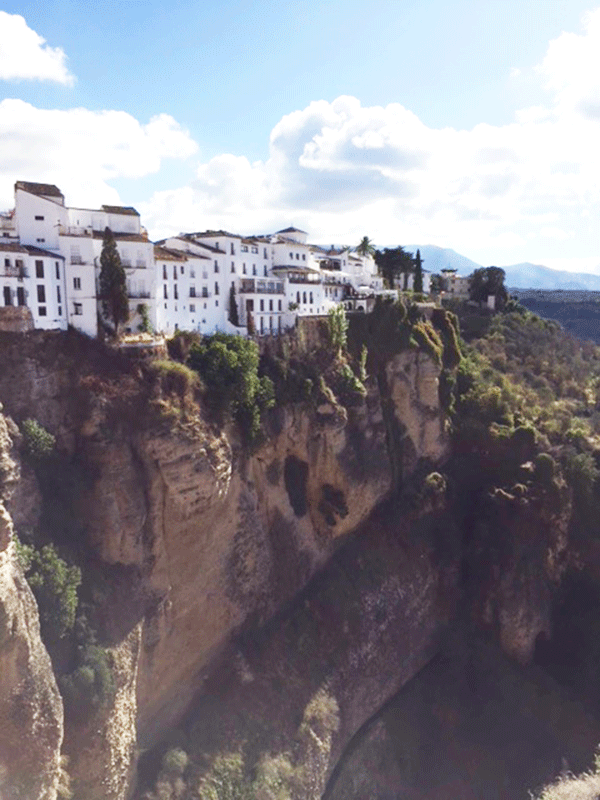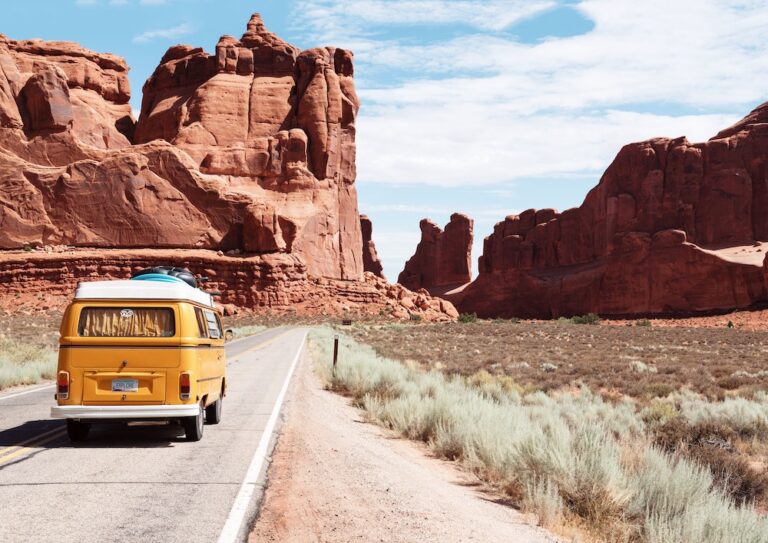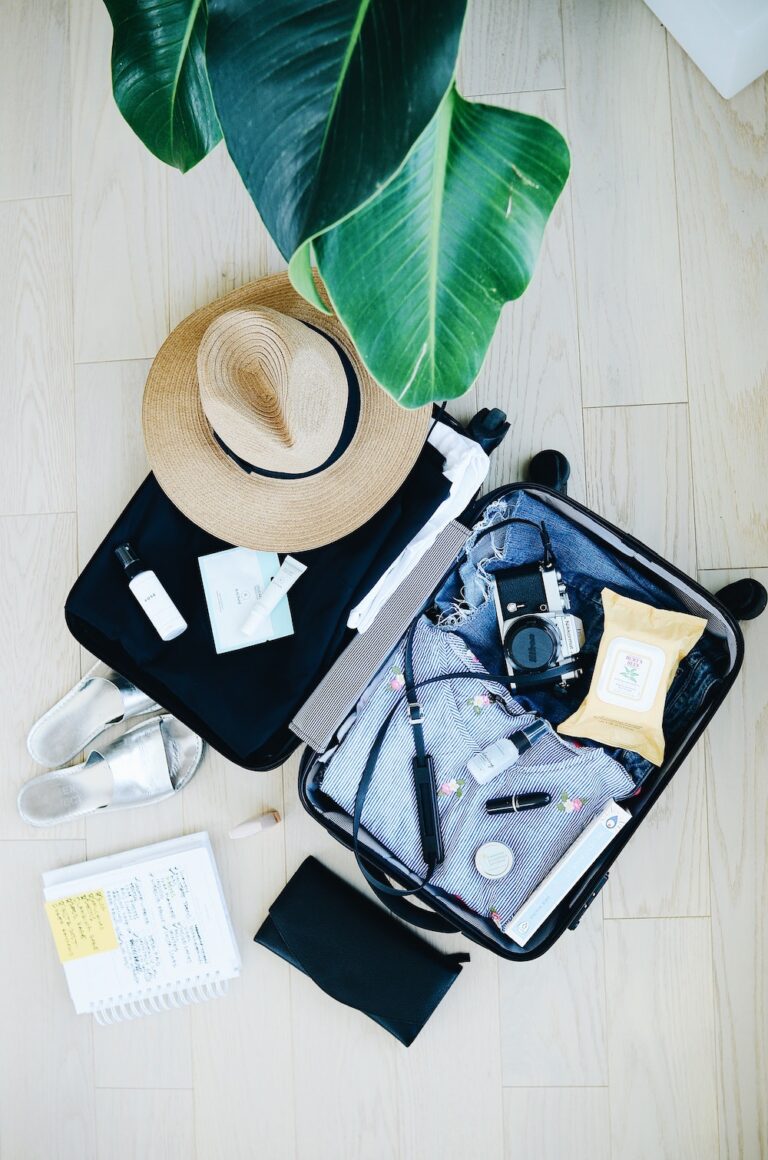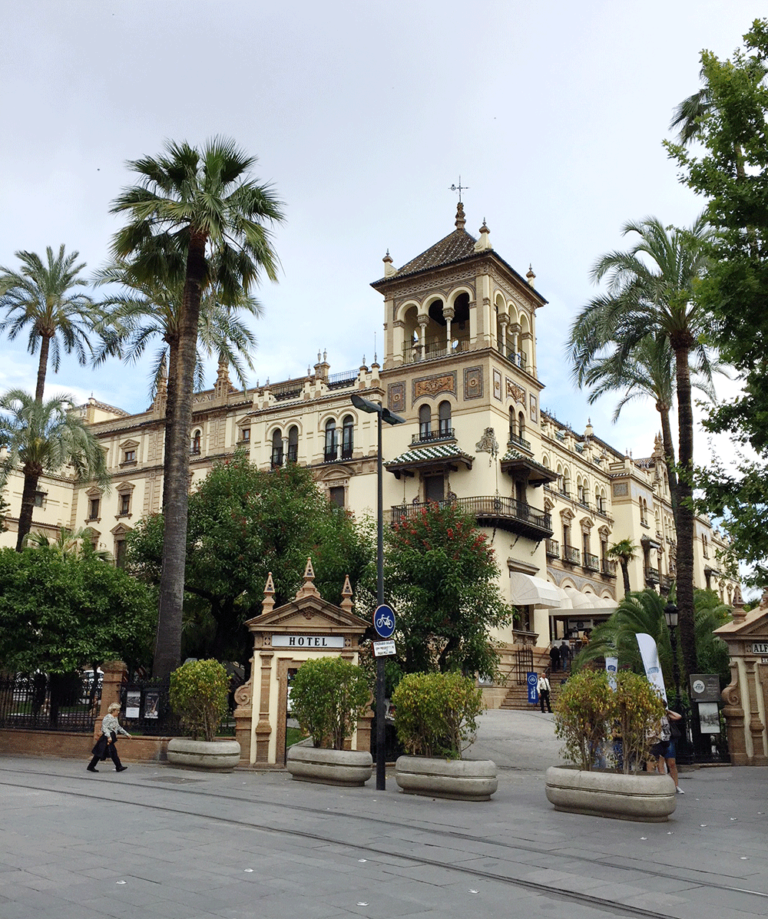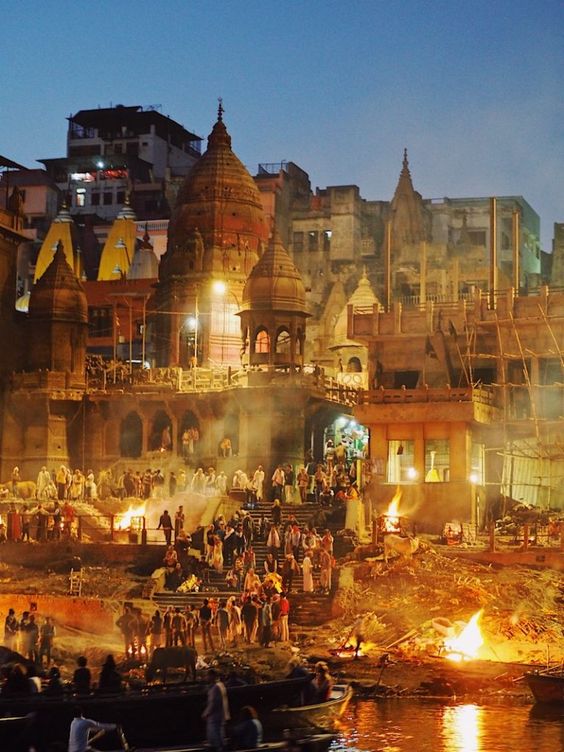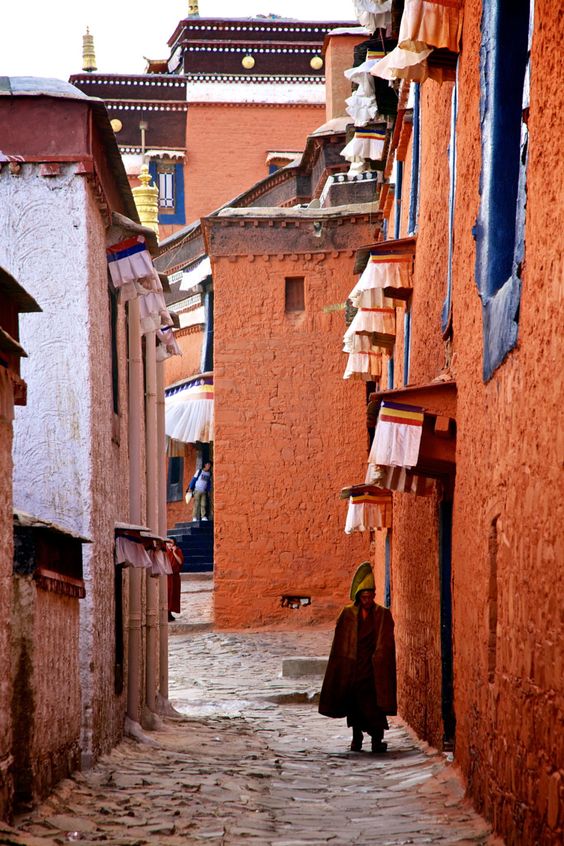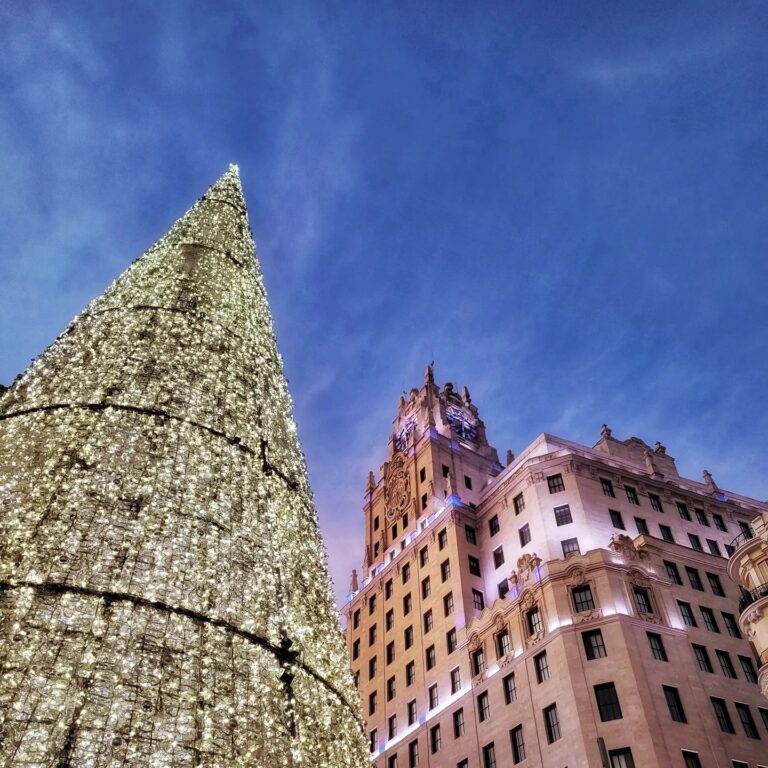A Day Trip To Ronda, Spain
Recently we have made one of the most memorable trips in my life – the city of Ronda in the province Malaga where I live.
The fact that Andalucia is one of the brightest and colorful regions in Spain is well known to everyone who has visited it at least once. But, often, the standard travel route is limited to visiting the sunny coast of the Costa del Sol and the world-famous architectural ensemble of the Alhambra in Granada. If you want to see the real Andalucia, you need to deviate from the traditional route. Armed with a four-wheeled friend, comfortable shoes and a camera with a fully charged battery, go deep into Andalusia. There, high in the mountains literally “hovers” over the gorge El Tajo (El Tajo) one of the most beautiful cities in Spain – Ronda!
Ronda is the oldest settlement where the Celts, Phoenicians, Romans, and Arabs left their rich heritage.
The Spanish Inquisition affected greatly the life of Muslims living in Spain. When Granada was conquered Spanish announced that all Muslims must either leave the peninsula without belongings or convert. Many people converted in order to keep their possessions and many ran in mountains to avoid systematic suppression. Ronda was one such refugee.
Ronda has a great cultural heritage. For example, it is the birthplace of Corrida and here you can find the oldest in Spain bullfighting ring (Plaza de Toros). The legendary bullfighter Pedro Romero performed here during his career. He was the founder of classic style bullfighting and is the most famous native of the city. He killed 5.600 bulls during his career and was the first who climbed down from the horse during the battle.
It took us around 1,5 hour to get there from Marbella (the road was dangerous so we had to drive slow) and I must say that the drive itself was spectacular. Every now and then we stopped to take pictures of the panoramic mountain views.
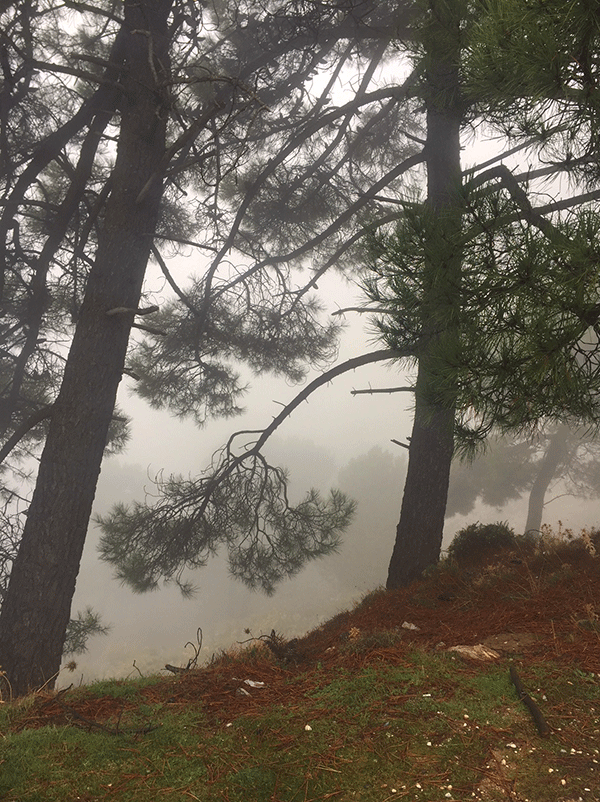
When we arrived we started exploring the city from the old town and its cute narrow streets. Like all Andalucian architecture, it has a great Arabic influence. I loved beautiful antique doors and charming patios that you can find here and there.
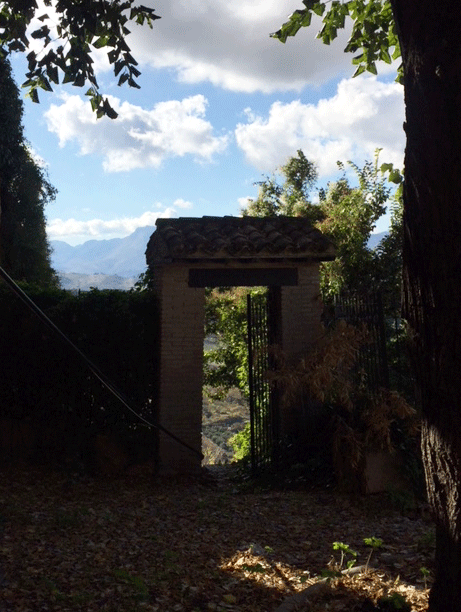
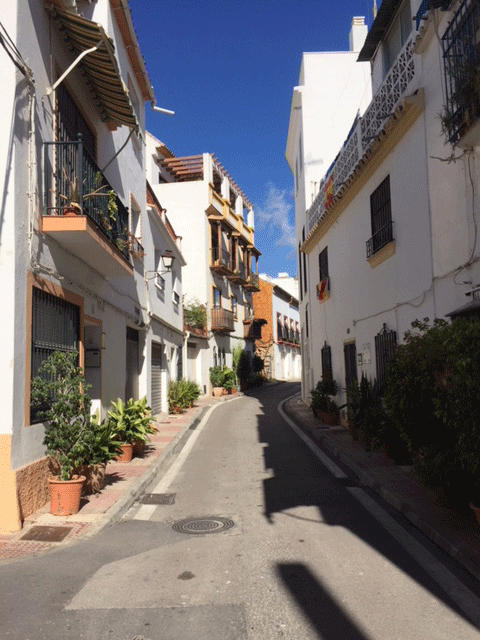
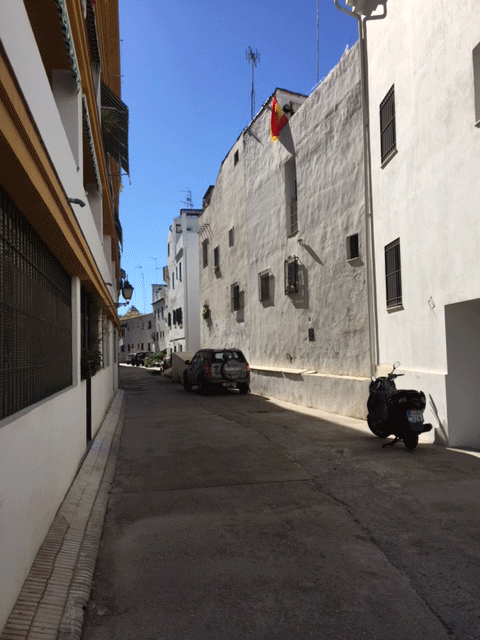
We also tried famous churros, which were a little bit different from the ones I had in Marbella but absolutely delicious.
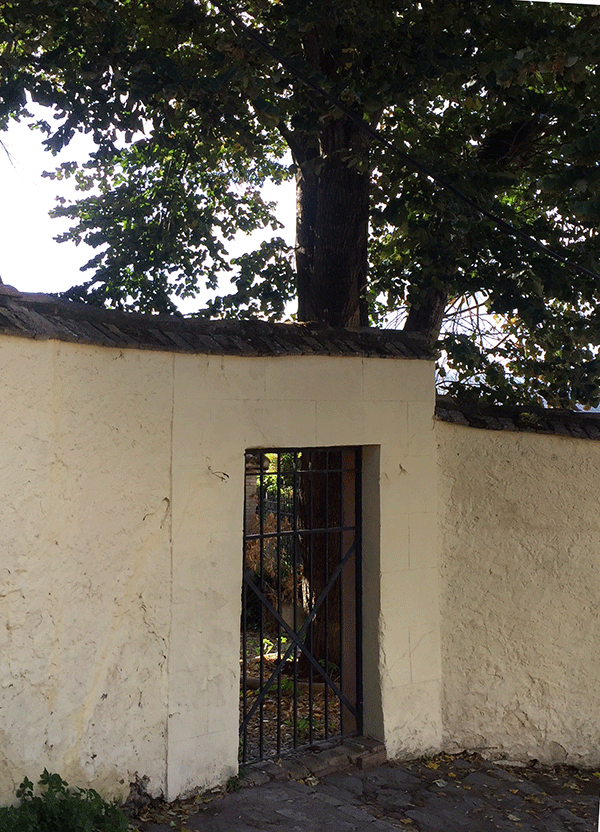
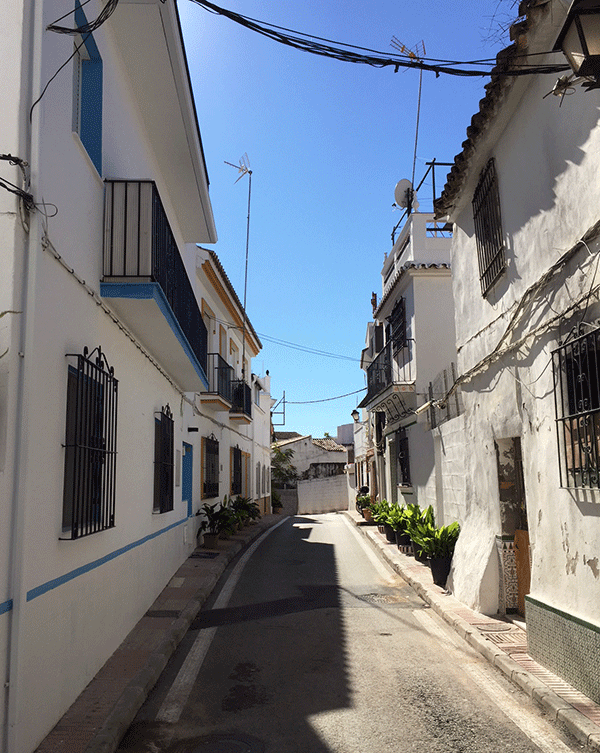
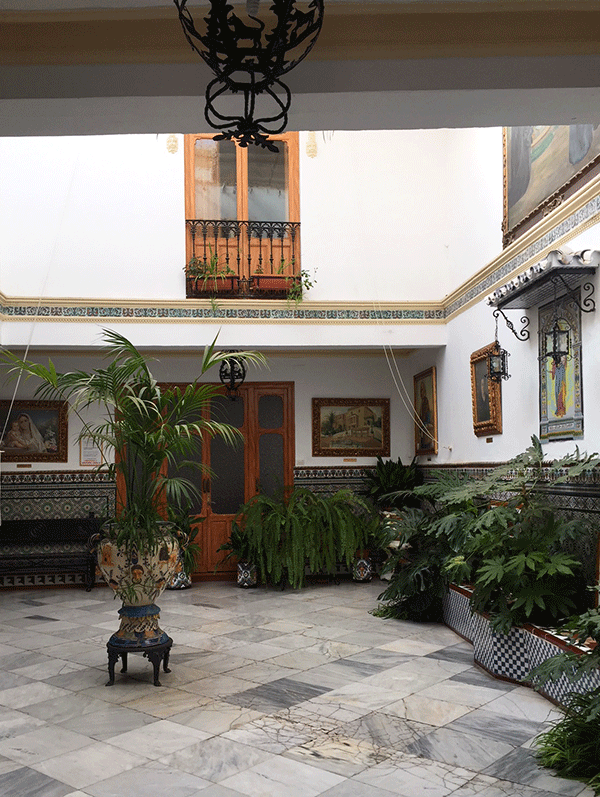
Puente Nuevo
Then we visited the most famous attraction of Ronda – Puente Nuevo (New Bridge). It is built in the narrowest, but at the same time, deepest (98 meters) gorge. A majestic architectural structure appeared in the period from 1755 to 1793.
According to the legend Architect José Martin de Aldeuela, who led the construction, fell off the bridge and died while checking the quality of the work performed.
In the middle part of the bridge, between the two outer arches, there is a sealed room with a small window – this is a former prison, and today it is a bridge museum or Centro de Interpretacion del Puente Nuevo.
Near the Arab bridge, there are Arab baths, which are one of the most significant structures of this type in Spain and date back to the 12th-14th centuries. But we did not go down to the baths, having decided that the beauty of the scenery, imprinted practically from the height of the “bird’s flight” will serve as a wonderful compensation ))
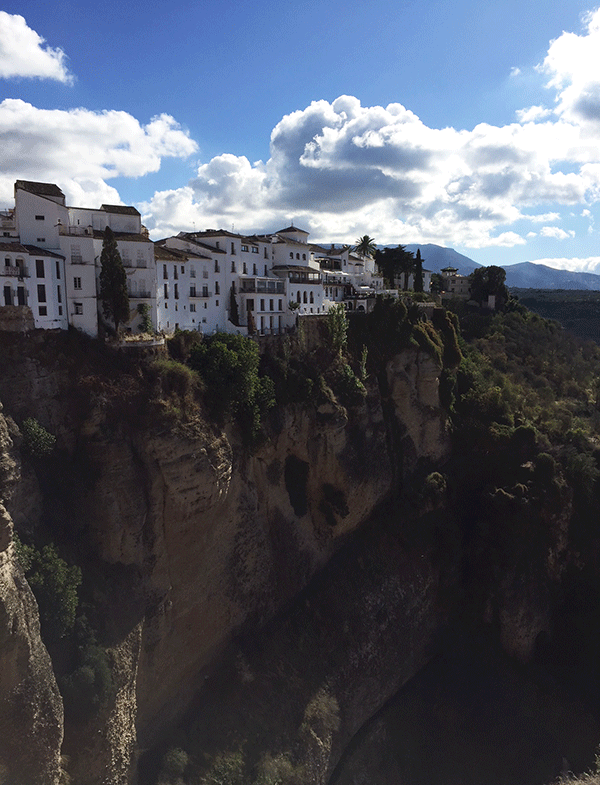
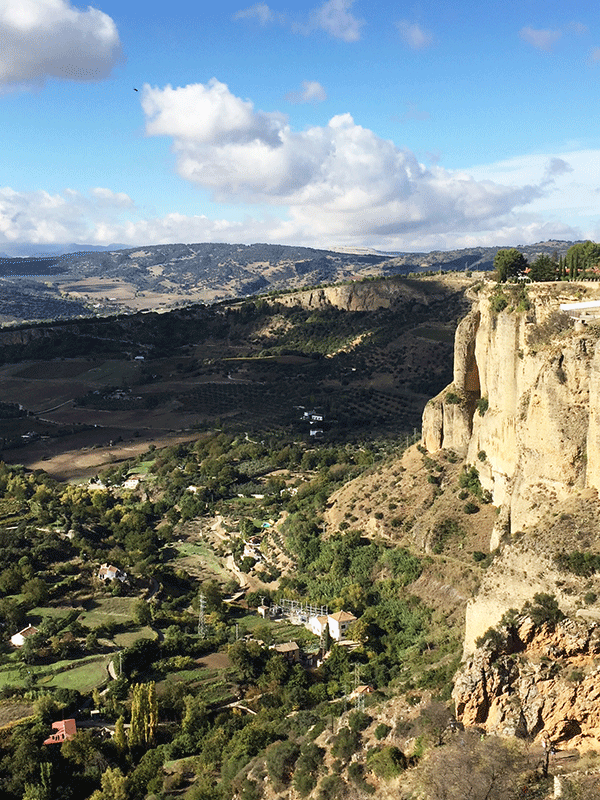
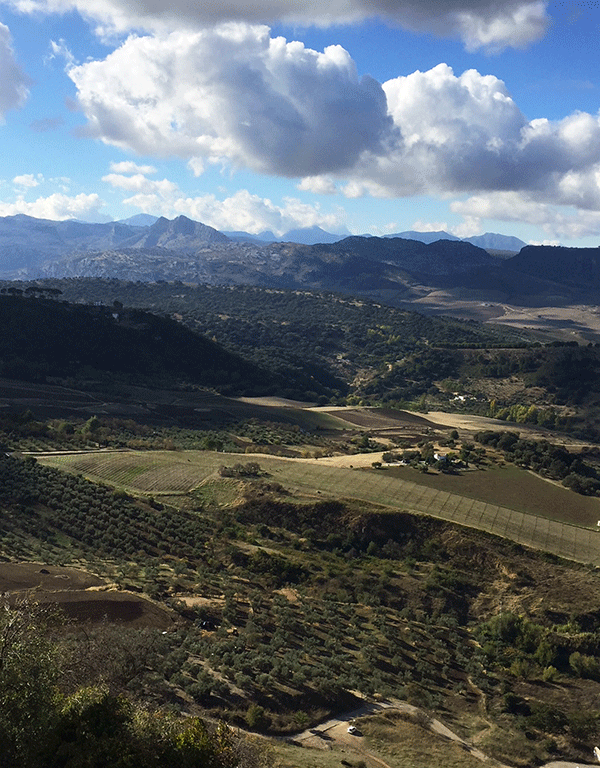
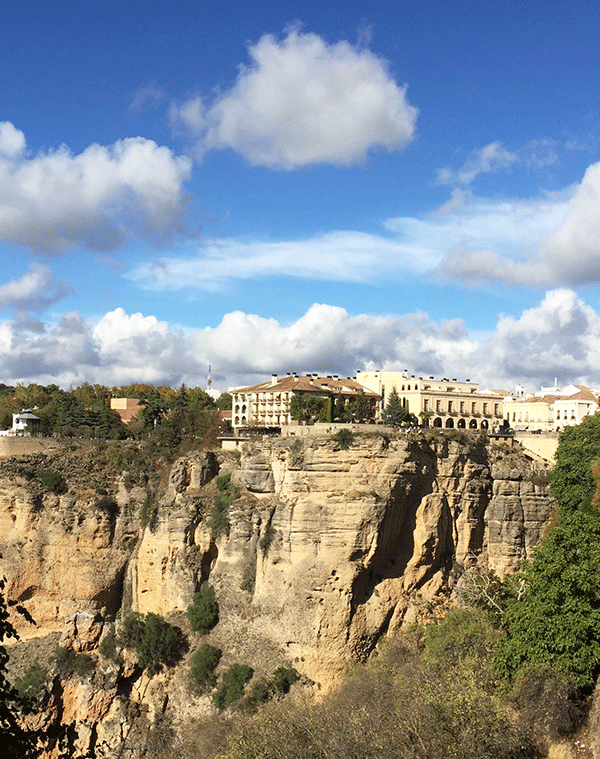

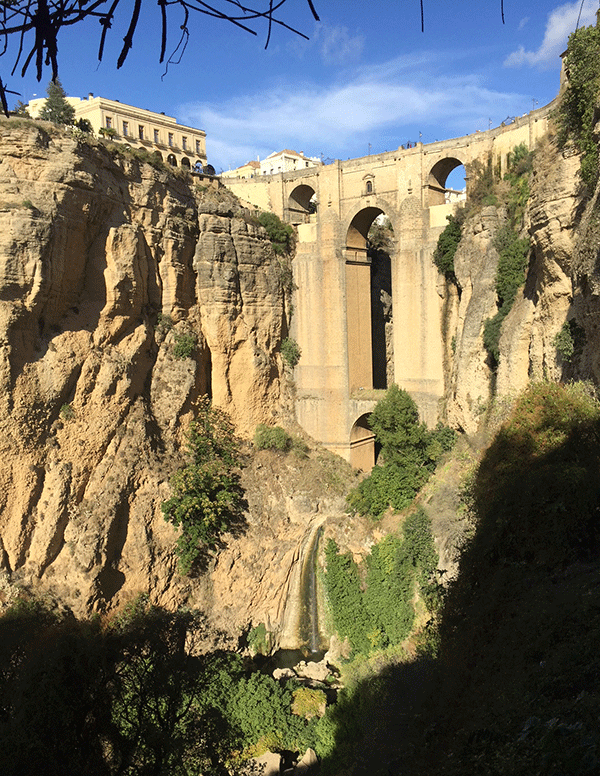
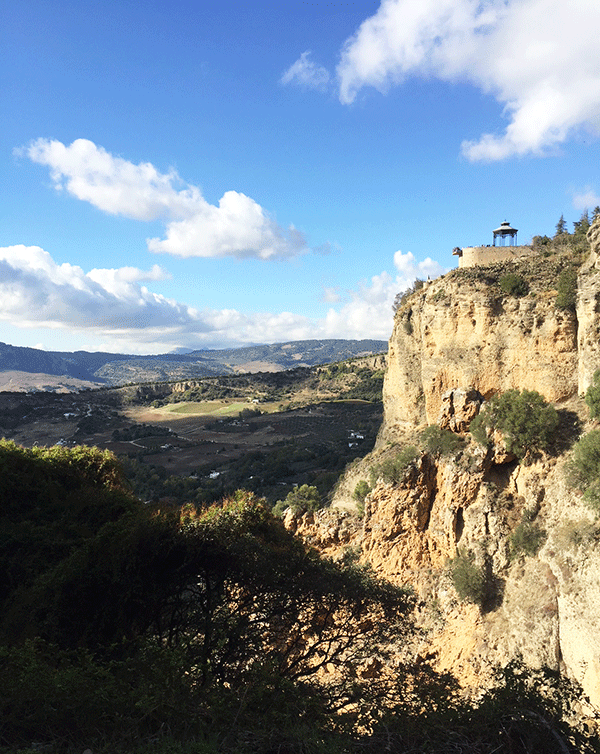
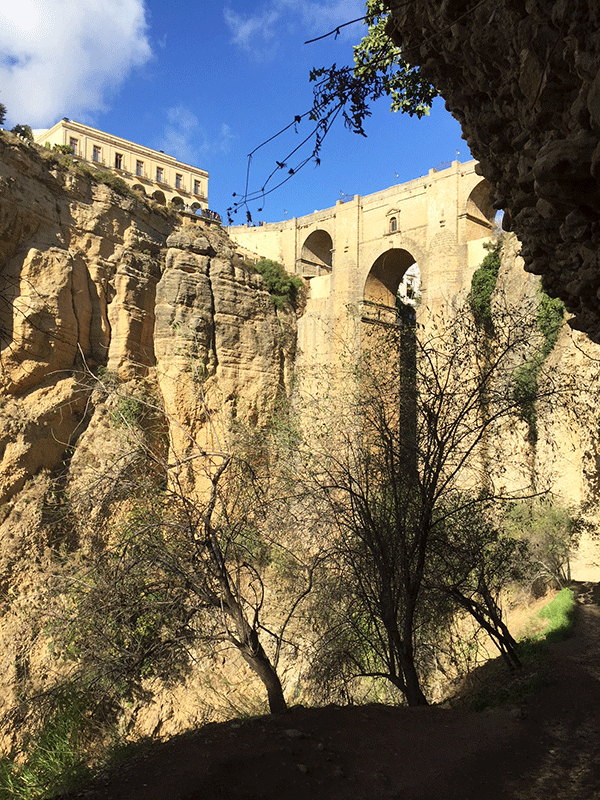
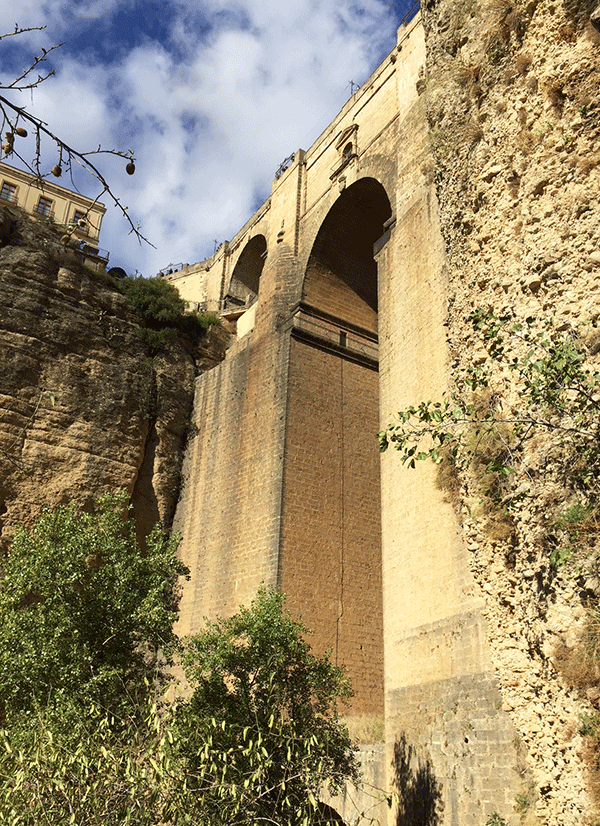
After my camera nearly exploded from the number of pictures that I took, it was time to go back home, but I will definitely come soon again to enjoy those spectacular views.
СохранитьСохранить

